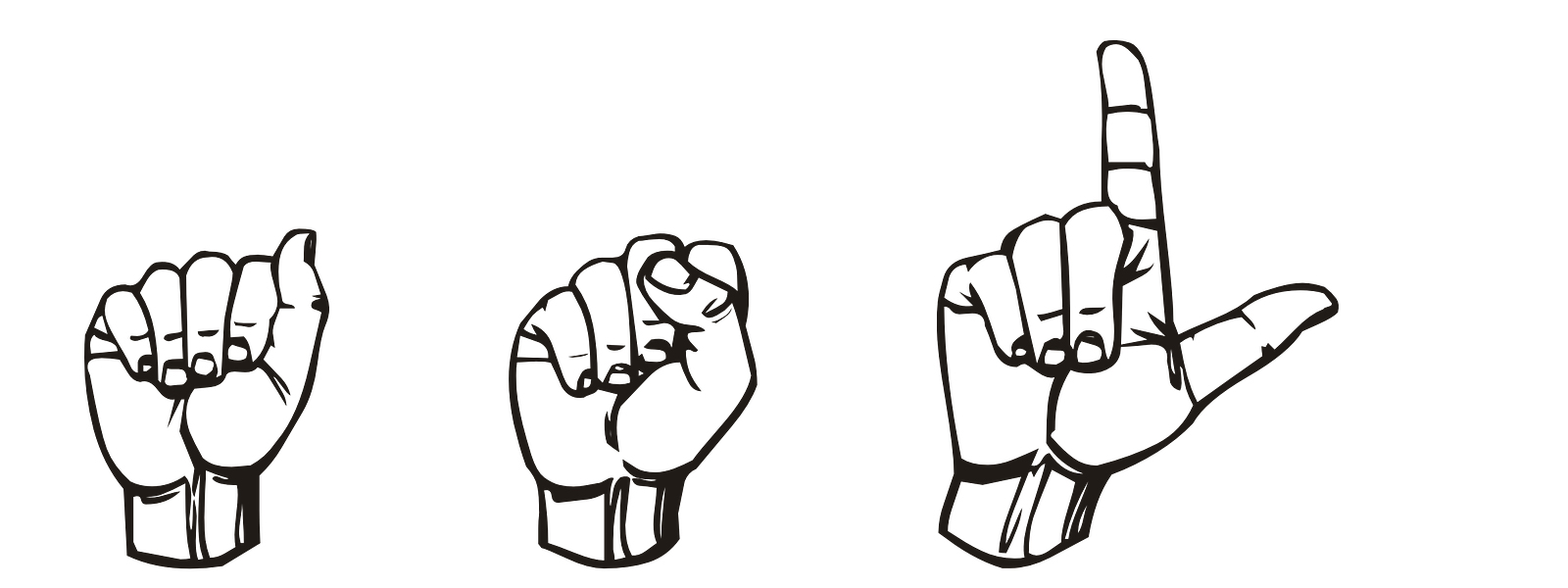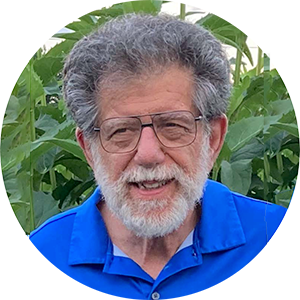

Peter V. Paul, PhD
Professor, Department of Educational Studies
Program Chair, Department of Educational Studies
Can you tell us about yourself and your research?
Personally, I am the father of an adult hearing son who has Down syndrome and autism, and I am a deaf (bilateral profound hearing loss) person, who has benefitted tremendously from cochlear implants since 2012. Prior to the implants, I wore bilateral hearing aids and struggled with communication and interactions with neurotypical hearing individuals and with the development of language and literacy skills, especially during my formative years.
My personal experiences have certainly contributed to the formation of my identity and my professional career, which included the teaching of d/Deaf and hard of hearing children at the elementary and secondary level in public schools. Currently, I am in my 37th year as Professor in the Special Education program in the Department of Educational Studies. I serve as the Special Education Program Chair, and I teach courses in language, literacy, and inclusion. I am also responsible for PreK-12 teacher preparation for d/Deaf Education.
So, it should come as no surprise that my major research thrusts are the development of language and literacy for individuals who are d/Deaf and hard of hearing. I also have publications in the area of inclusion and with those involving children who are d/Deaf with additional disabilities. I am the editor of the American Annals of the Deaf, first published in 1847, and purported to be the oldest continuous published refereed education journal in North America. This year (2022), I received the Edward Allen Faye Award from a national professional organization in recognition of my contributions and publications in the field of d/Deaf education.
Why is Deaf History Month important or what does it mean to you?
National Deaf History Month is celebrated from March 13th through April 15th. This relatively month-long celebration encompasses three main events that have impacted the social and educational lives of d/Deaf and hard of hearing individuals. In the United States, the first public school for d/Deaf and hard of hearing children was opened April 15, 1817 in Hartford, Connecticut. The second memorable event was the founding of Gallaudet College (now University) on April 8, 1864, the first postsecondary institution dedicated to higher advanced education for individuals who are d/Deaf and hard of hearing. Finally on March 13, 1988, Gallaudet University hired its first deaf president. I became the first deaf editor of the Annals, commencing with the Spring Issue March/April of 2011.
This special “month” was established in 1996 to honor the enormous contributions of d/Deaf and hard of hearing individuals throughout history. During this month and throughout the rest of the year, I think about and marvel at the diversity and intersectionalities of individuals who are d/Deaf and hard of hearing in America and in international communities. There are individuals who use a sign language and those who prefer to speak a language. There are even those who speak and sign simultaneously. And, there are individuals who sign and/or speak more than one language! It is also wonderful to become aware of the truly remarkable contributions of d/Deaf and hard of hearing individuals in education and the arts and sciences. In addition to feeling a sense of pride, this variety of experiences, including my personal and familial background, not only reminds me of the range of the human condition, but also encourages me to continue to advocate for inclusiveness and accessibility for the entire cohort of individuals who are d/Deaf and hard of hearing, including those with multiple disabilities.
What are some meaningful ways that schools and universities can support members of Deaf and hard of hearing communities and commemorate the history/experiences during and outside of this history month?
Schools, libraries, and other educational and social institutions can display awareness activities and artifacts that highlight the achievements of d/Deaf and hard of hearing individuals in a wide variety of venues from academia to business to the arts and sciences. These displays can range from putting pictures on the wall and showing the works of professors, actors, poets, writers, and sculptors to the production of online learning and social events. Inviting d/Deaf and hard of hearing individuals from all walks of life to speak or present in the classroom or at social events represents another demonstration of support.
In my view, it is important to illustrate the multiple realities of lived experiences, not just the realities of those individuals who are famous or well-known personalities. To really appreciate what it means to be d/Deaf or hard of hearing, we need exposure to personal stories detailing the trials, tribulations, and accomplishments of performing everyday tasks such as visiting the doctor or making a “phone” call as well as learning to read and write and securing a meaningful job or career. Becoming aware of these challenges can enlarge our consciousness and appreciation.
Highlighting the roles that d/Deaf and hard of hearing individuals have played in our societies might entice others to engage in advocacy to make the world more inclusive and accessible. Such advocacy has led to the enactment of, for example, Section 504 of the Rehabilitation Act and the American with Disabilities (ADA) Act.Section 504 protects the civil rights of people with disabilities by requiring all federal entities and organizations that receive federal funding to make accommodations for equal access. For d/Deaf and hard of hearing individuals, this mandated the use of sign language interpreters, closed captioning, and other accommodations. ADA prohibits discrimination against people with disabilities in several areas, including employment, transportation, public accommodations, communications and access to state and local government programs and services.
Obviously, there is still more work to do. I believe that the greatest challenge is to convince the neurotypical members of society to not view d/Deaf and hard of hearing individuals or, indeed, those with any other disability or condition, in a negative light. In my opinion, the most facilitative approach is to view this as a form of diversity without prejudice towards the level of education, type of communication, social status, or ethnicity.
How can members of the EHE and greater Ohio State communities learn more about the local and national Deaf and Hard of Hearing community?
There is a boatload—well, ocean liner—of resources to explore to enhance one’s understanding.
Within Ohio State, individuals can investigate and learn more about the activities of organizations such as:
Outside OSU and into the local and national communities, there are a number of educational entities to visit or investigate, for example:
- Columbus Hearing Impaired Program
- The Ohio School for the Deaf
- Gallaudet University
- National Technical Institute for the Deaf (NTID/RIT)
A few professional organizations include:
- Convention of American Instructors of the Deaf
- Alexander Graham Bell Association for the Deaf
- Hands and Voices
To learn more about the history of d/Deaf and hard of hearing individuals, the history of deaf education, and to receive exposure to a list of famous people with a range of hearing acuity, you might like the following websites:
History of Deaf Education
[ View text transcript for this video about the History of Deaf Education ]
[ View text transcript for this video about Deaf History Month ]
Here’s a video related to Black Deaf History
[ View text transcript for this video about Black Deaf History ]
Because I wear cochlear implants, I am interested in stories and narratives about this marvelous device, which has often been called one of the greatest miracles of the 20th century (and, obviously, there have been improvements in the 21st century).
Here is a video on the brief history of the development of the cochlear implant:
[ View text transcript for this video about the development of the cochlear implant ]
And, of course, there are wonderful videos of children receiving their first implant:

